This Post May Contain Affiliate Links. Please Read Our Disclosure Policy.
Looking to learn how to use cassava flour or needing cassava flour recipes? My “how to use cassava flour” guide will help you learn everything you need to know about the gluten- and grain-free flour favorite, with plenty of amazing cassava flour recipes to work with! You’ll learn everything you need to know about how to use cassava flour here. Click here to try my favorite cassava flour.
When I first went paleo, I stocked up on almond flour and arrowroot, already overwhelmed at the entire new world of baking and cooking I’d have to learn. It’s been a little over a year since our first Whole30, which seems both like the longest and shortest time all in one, and since then, I’ve become exponentially more comfortable turning standard recipes into real-food-driven, grain-free, gluten-free options.

Cassava flour is an exciting flour alternative for those of us who avoid gluten and grains and look for more nutrient-dense options in our food. I absolutely love this flour, but it seems like it’s still a bit misunderstood or intimidating to some. Consider this my how to use cassava flour guide to help you, uh, learn how to use cassava flour, get comfortable with the stuff, and expand your paleo and grain-free baking horizons! My favorite cassava flour is Anthony’s Cassava Flour. ? Try a bag!
How to Use This Key Ingredient
Cassava flour is gaining more and more popularity as the go-to replacement for regular flour when it comes to grain-free and gluten-free diets. Normally people on restrictive diets coming from a Whole30 or going paleo have to replace what feels like dozens of different ingredients when it comes to their meals: sugar, cheese, black beans, brown rice, peanut butter, lentils, ugh! But once you’re used to it, it all becomes second nature. And the best part? You feel amazing.
One of the main replacements of substitutes in these plans is flour. When on restrictive diets people typically have to blend several flours to achieve the same consistency as wheat flour. No one is ever really a huge fan of this, but cassava flour gets about as close to being the ultimate replacement for flour in these cases as you can. This may just be a godsend in the way of grain-free flour, but let’s cover just a few things before making a full-on proclamation.
How Is It Made?
Cassava flour is made from the whole root of the cassava plant. The root is peeled. Then it is dried. Lastly, it’s ground up to make a flour substance. Grate the roots into a fine mash using a hand-held grater or food processor. Then, press and dry the roots. Get the roots as dry as possible, then spread them onto a drying rack. The substance left is the brilliance that is cassava flour. It could be the answer to all of your substitute flour needs.
Are tapioca flour and cassava flour the same thing?
No. Cassava flour and tapioca flour are not the same thing. Many will sometimes interchange the terms cassava flour and tapioca flour there are definitely differences between the two. Tapioca is a starch extracted from the cassava root. This happens using a process of washing and pulping. The wet pulp is then squeezed to extract a starchy liquid. Once all the water evaporates the flour is left over is the tapioca flour. On the other hand, cassava flour is the entire root. The only thing done for the cassava flour is the root is peeled, dried, and ground. This process also means that cassava flour has much more dietary fiber in it than tapioca flour.
Is this gluten-free?
Yes. Cassava flour is gluten, grain, and nut-free. The cassava plant originates and is a major crop in South America and parts of Asia and Africa. The cassava root is also known as yuca or manioc. It is starchy and high in carbohydrates. This is similar to yams, taro, plantains, and potato. Not only is this gluten, grain, and nut-free but it is also vegan, vegetarian, and paleo.
What makes this flour alternative the most similar gluten-free flour to wheat flours?
Cassava’s grain-free flour twindom is the main reason cassava flour is gaining so much momentum at the moment. It is the most similar to wheat flours when it comes to gluten- and grain-free options. One reason, unlike other gluten-free flours such as almond or coconut flour, is that cassava flour is very mild and neutral in flavor. It’s light and fine, not grainy or gritty in texture. Instead, it’s soft and powdery much like regular wheat flour. As mentioned earlier, it is also nut-free (!!!). You can usually use cassava flour in a 1:1 ratio when substituting wheat flour or all-purpose flour, but unfortunately, that won’t always work the way you want. Womp. But read on!
How do you bake with it?
While you can usually swap cassava flour for wheat flour and all-purpose flour using a 1:1 ratio, it is not perfect for every recipe. Cassava flour has a very similar consistency but it is lighter than all-purpose flour. This means baking with it can be tricky. Cassava flour is lighter, yet it absorbs more liquid. Just like any recipe, you make substitutions for you may have to experiment a little to find the perfect amount for each recipe. It’s best to start out working with a recipe you already know and are very familiar with. The more you can hone in on exactly where and why a recipe went wrong the better. Baking something you have been successful with in the past makes you more likely to identify exactly what needs to be changed to yield the result you want.
Tips for Success
- It might say you can substitute a cup for a cup, however, cassava flour soaks up more water and therefore is more dense than others may be. You may end up needing to use slightly less cassava flour than you may think.
- Recipes that require large amounts of flour have a tendency to bake faster on the outside while the inside may still be rather “doughy”.
- Cassava flour is quite dusty. Be aware of this when wanting to throw it around like you would with all-purpose flour. If Julia Child compels you to add a bit of flair to your food preparation, be prepared to dust the top of the fridge! Are we exaggerating? Well, maybe a little…
- While it isn’t too overpowering, this flour is made from a root so it does leave a bit of a nutty flavor to some recipes. You’ll want to keep this in mind for the final taste of any baking project you choose.
Is this ingredients poisonous?
No. The ingredients in cassava root naturally have cyanide components that can be toxic. However, these are also found in almonds and spinach and it’s only toxic if it’s eaten raw. The process described above to make cassava flour removes the compounds and prevent you from getting sick.
Is it low-carb?
Cassava flour has a high-carbohydrate profile. That being said, you should monitor your intake of cassava flour particularly if you are following a low-carb, low-sugar, or paleo-based diet. Cassava flour has double the calories and carbs as a sweet potato per 100 grams. Just like everything else in life, moderation is key. If you happen to get carried away and end up using cassava flour for every meal, you may have an insulin spike on your hands.
Cassava Flour Bread
I found something really baller when researching this article, y’all: paleo bread mix subscriptions. It’s called “Legit Bread,” and it’s a, um, paleo bread mix subscription based on cassava flour. I don’t have any sort of affiliate relationship with them; I just think they look pretty rad.
The bread looks absolutely amazing and even cheaper than most paleo bread you can find at the store. Seems like it might be worth a shot! If you’re more the from-scratch-no-bags-included type (like moi, for example), I’ve included several paleo bread recipes below.
Now that you how to use cassava flour, it’s time to give it a whirl! To give you a head start, try these delish cassava flour recipes:
What To Make with It
My friend Amanda over at the Curious Coconut is, in my mind, the queen of cassava flour. She also has a fantastic Latin cookbook out with all paleo and AIP recipes that you absolutely must order! There are plenty of reasons to learn how to use cassava flour in that book, y’all. And I couldn’t resist plugging plenty of her cassava flour recipes here!
Churros Mexicanos from The Curious Coconut
AIP Bagels from The Curious Coconut
Cassava Flour Bread from Anthony’s Goods
Gluten-Free Roux from The Curious Coconut
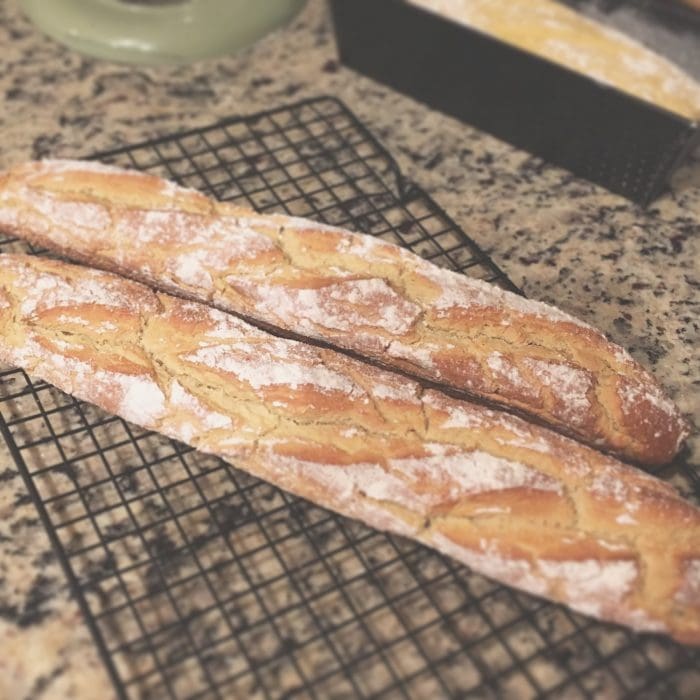
Real Deal Grain-Free Crusty French Bread from Otto’s Naturals
Best Ever 5 Minute Cassava Flour Tortillas from Paleo Gluten Free Eats
AIP Garlic Knots from The Curious Coconut
Paleo Pita Bread from Predominantly Paleo
Brazilian Style Chicken Wings with Crispy Garlic (Frango à Passarinho) from The Curious Coconut
Grain-Free Tortillas from Fork and Beans
Lemon Poppy Buttermilk Pancakes from In Jennie’s Kitchen
Dark Chocolate Brownies from Food52
Cassava Flour Chocolate Chip Cookies from Cook It Up Paleo
Cherry Turnovers from Don’t Eat the Spatula
AIP Strawberry Shortcake from Gutsy by Nature
Herbed Cassava Tortilla Chips from Downshiftology
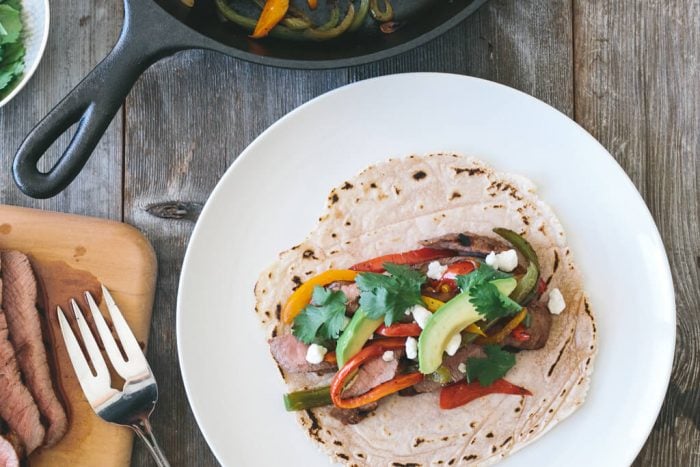
Steak Fajitas with Cassava Flour Tortillas from Downshiftology
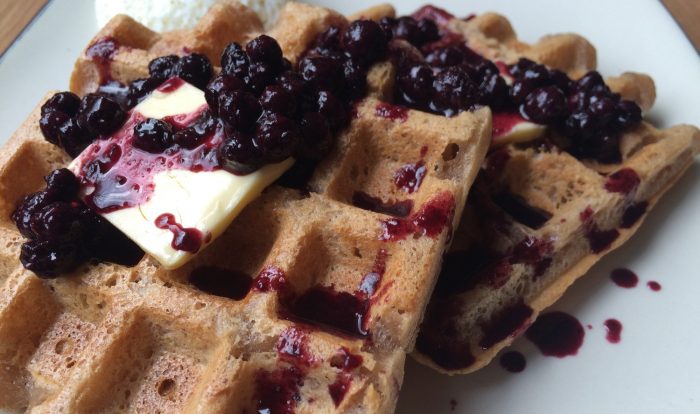
Crispy Blender Waffles from Otto’s Naturals
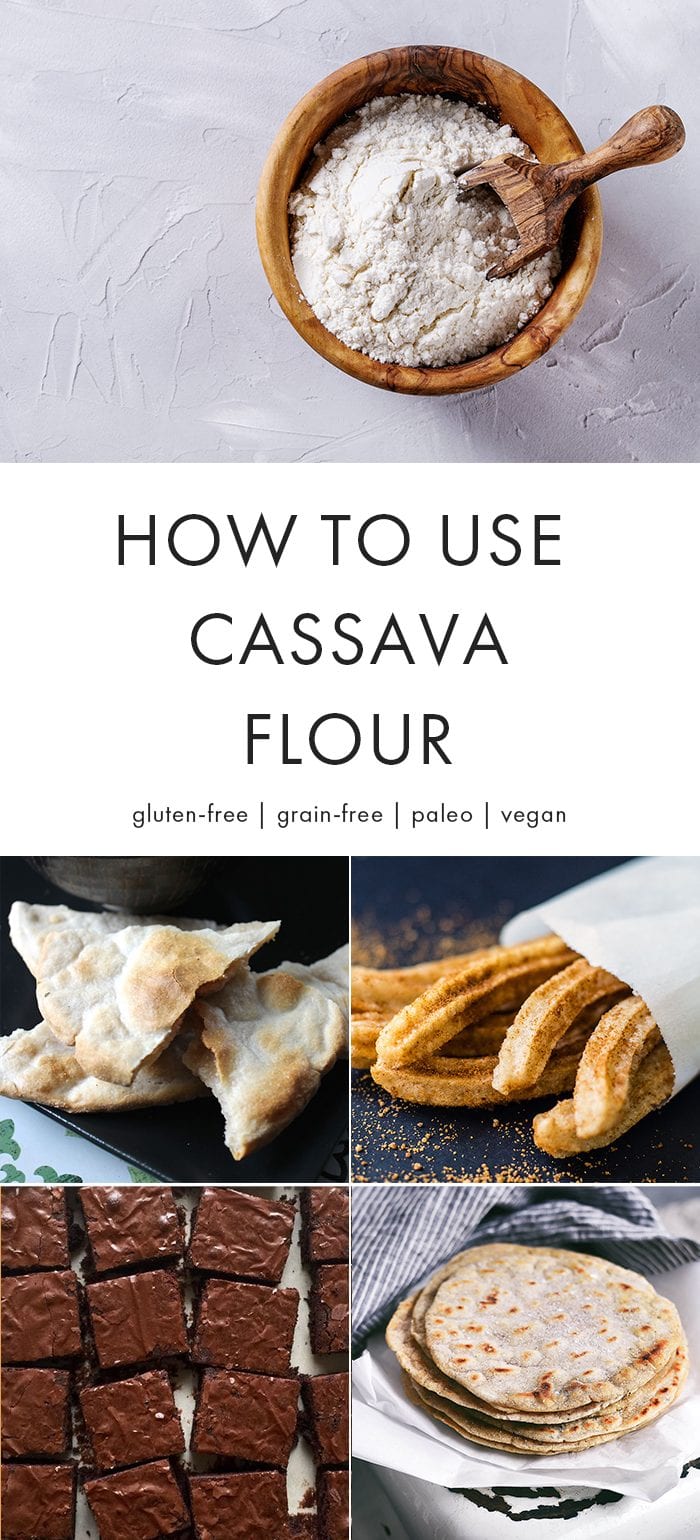
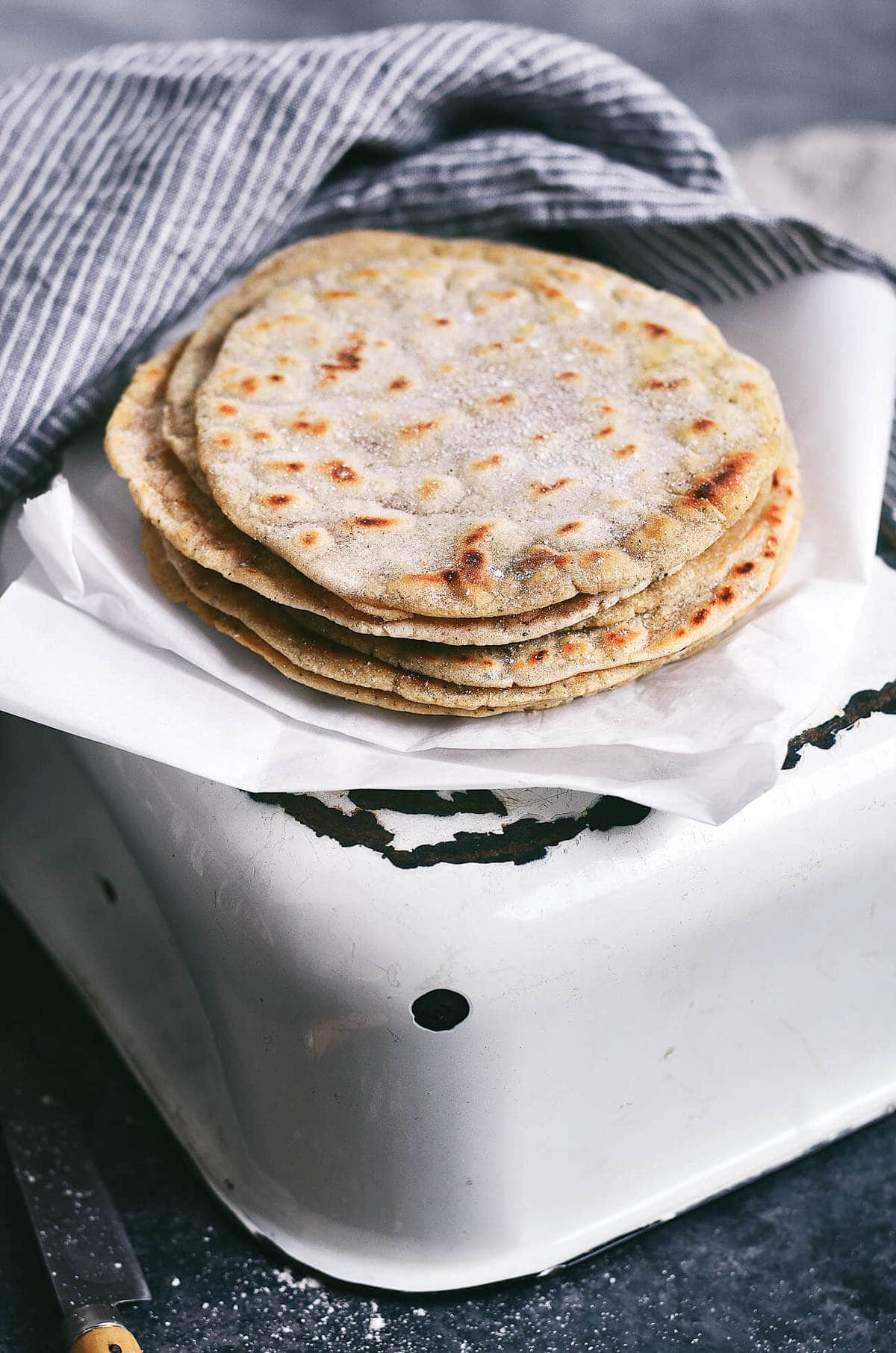
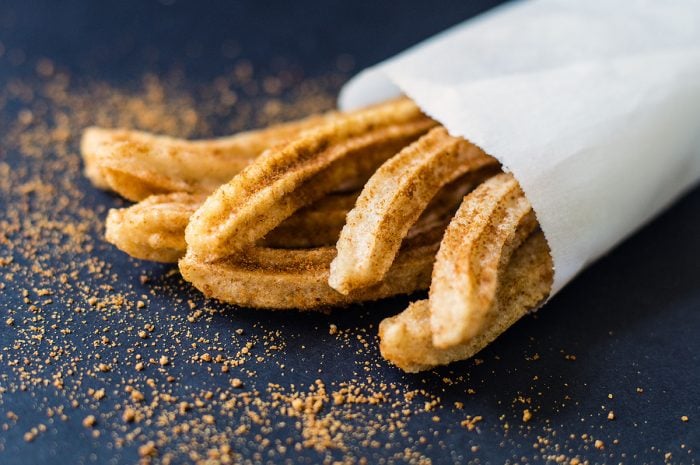
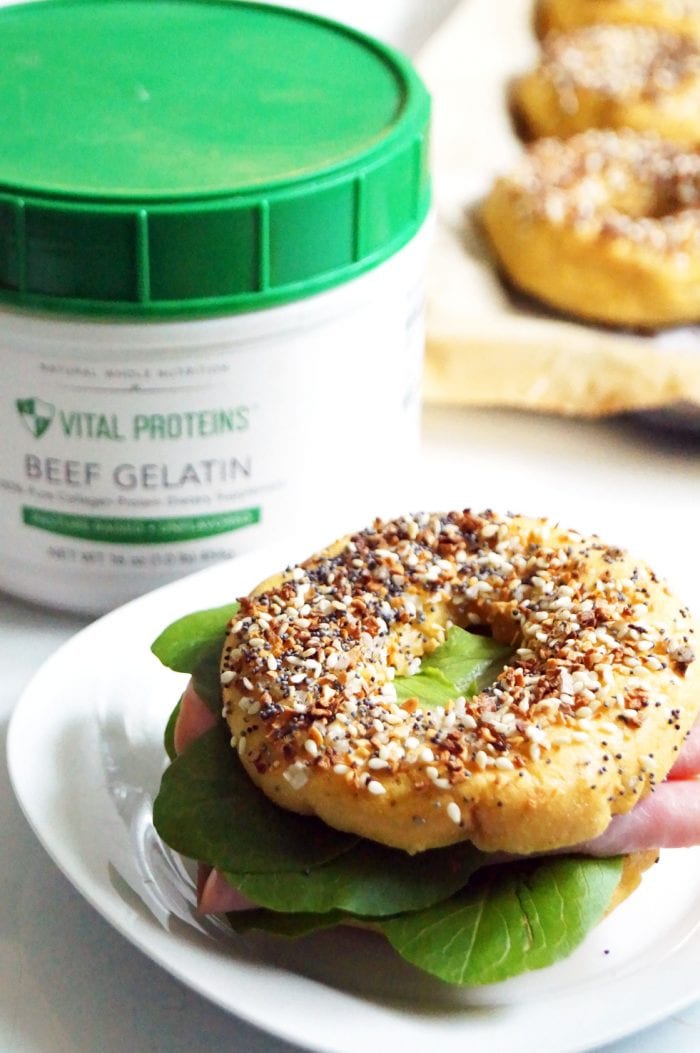
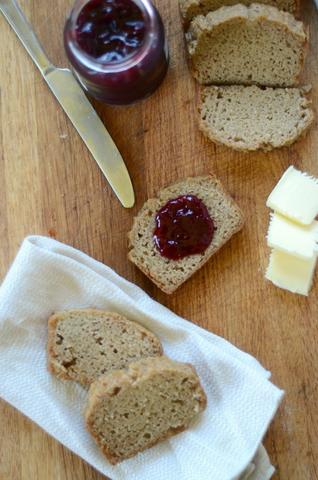
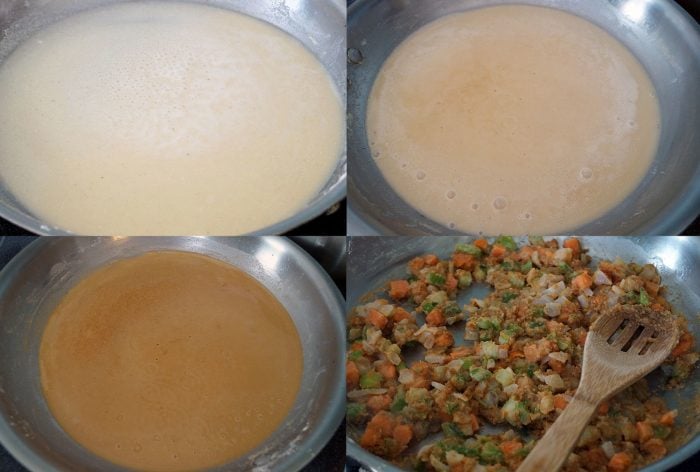
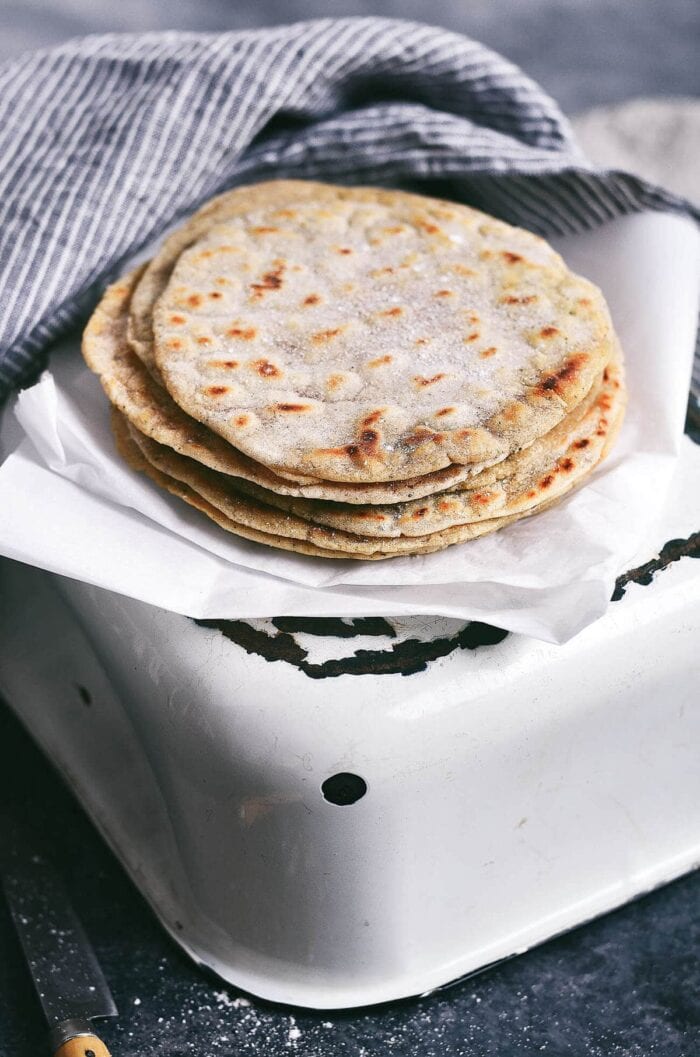
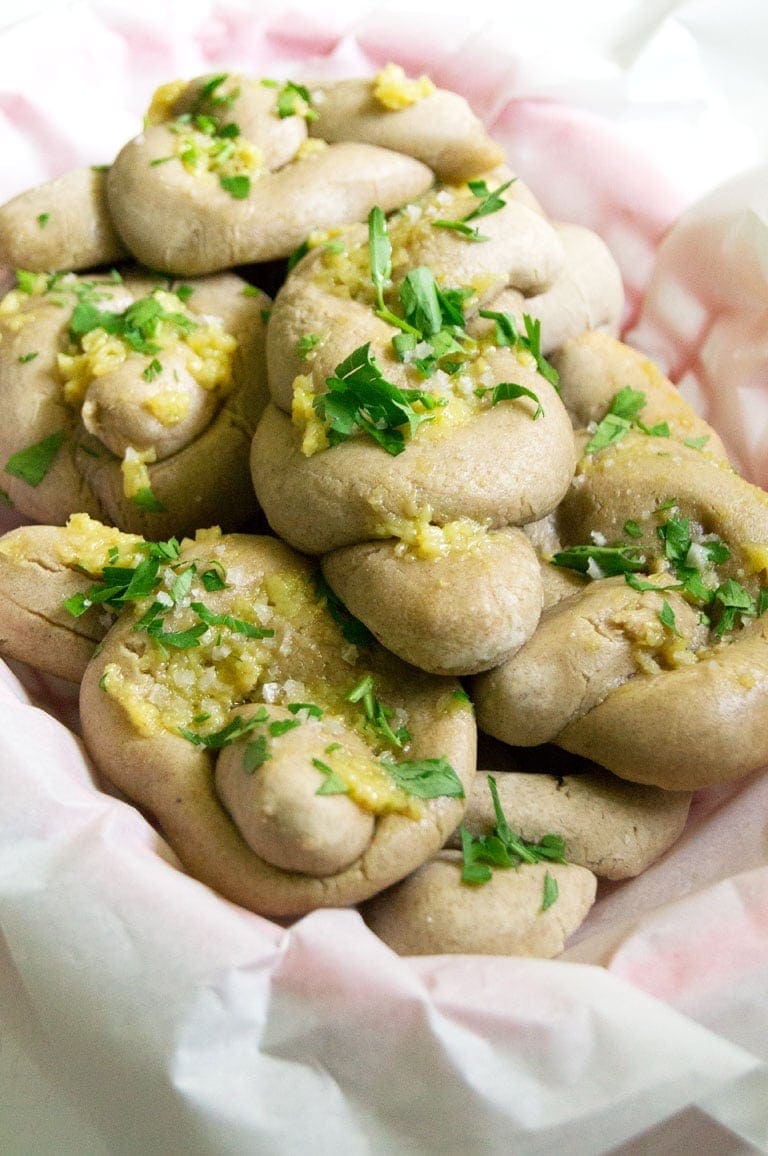
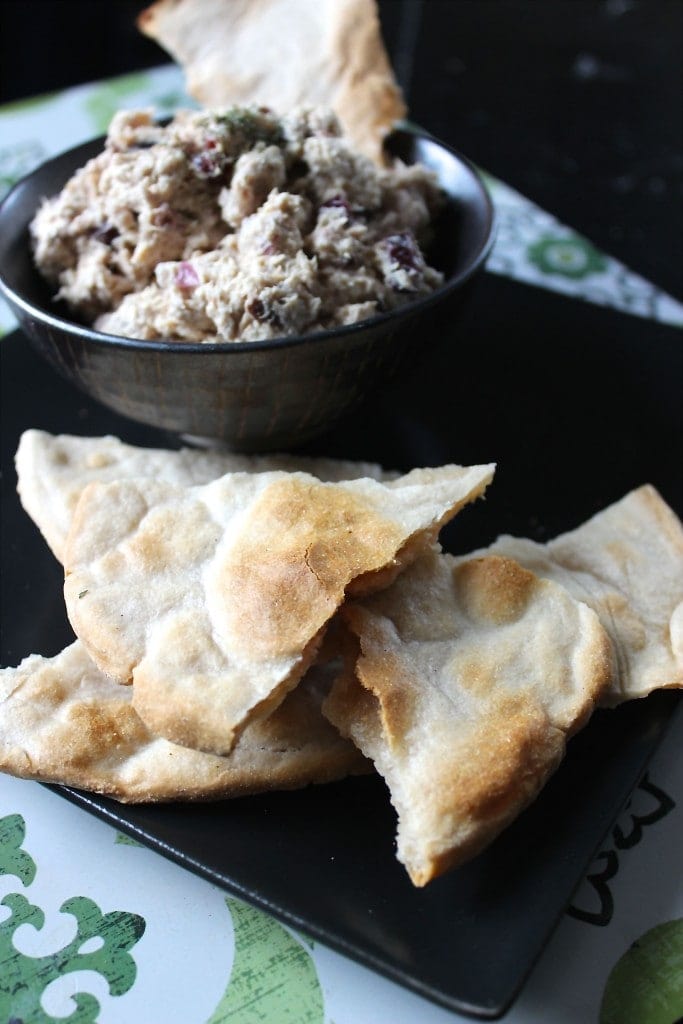
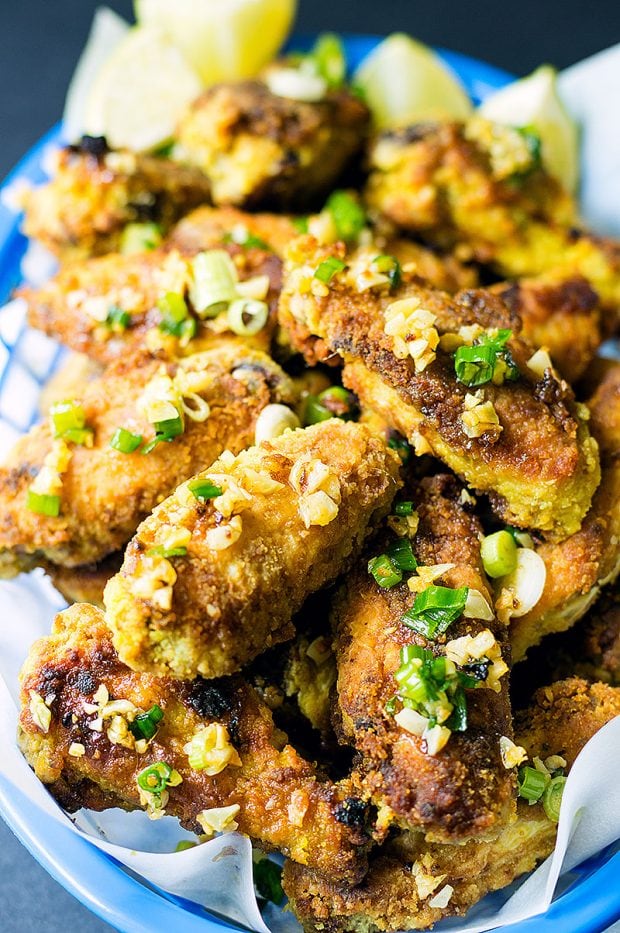
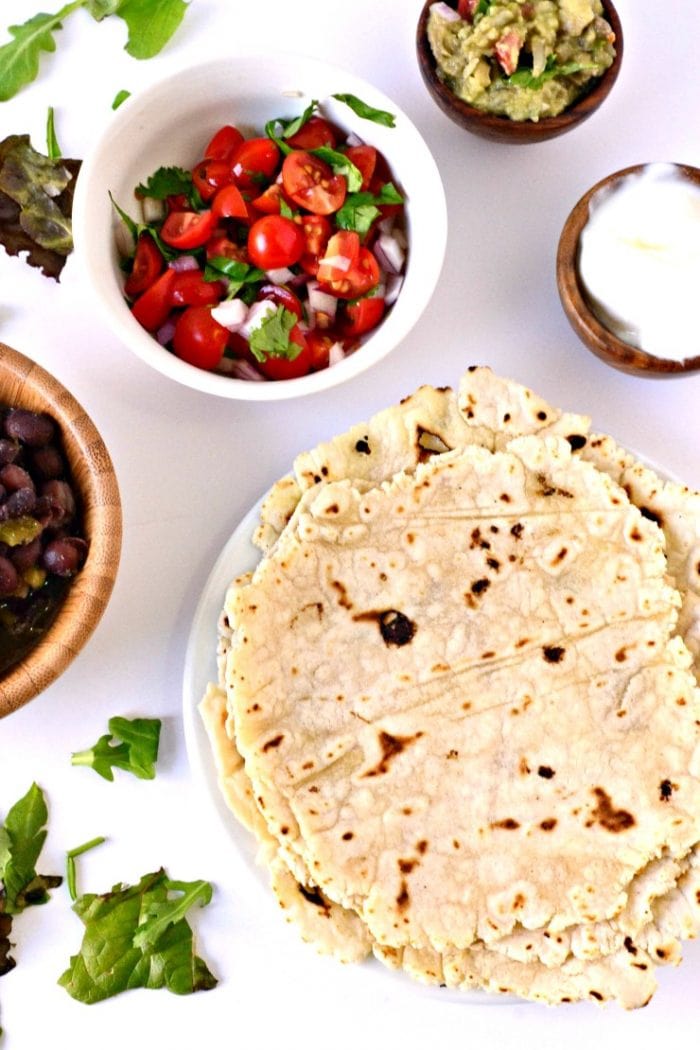
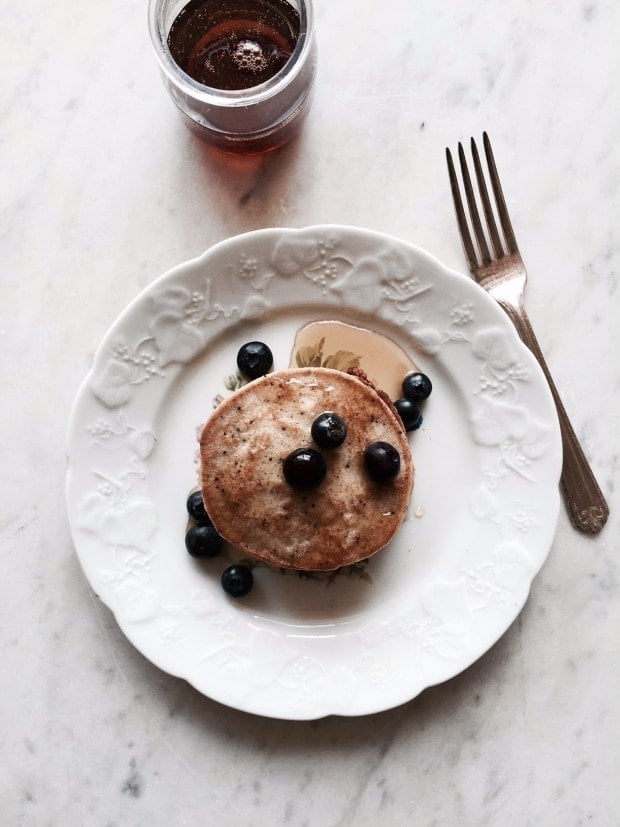
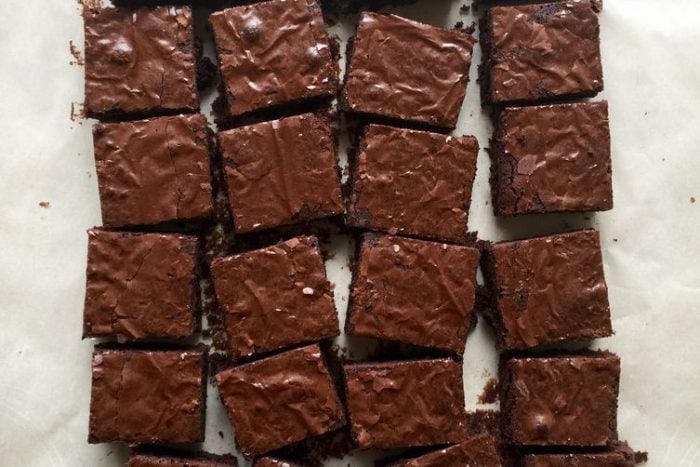
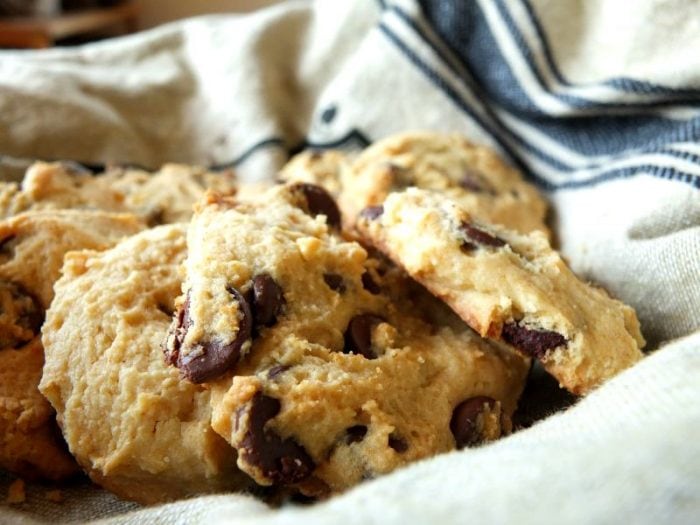
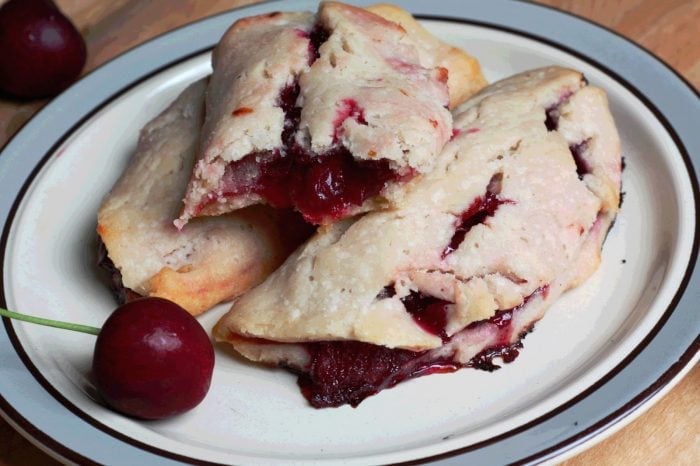
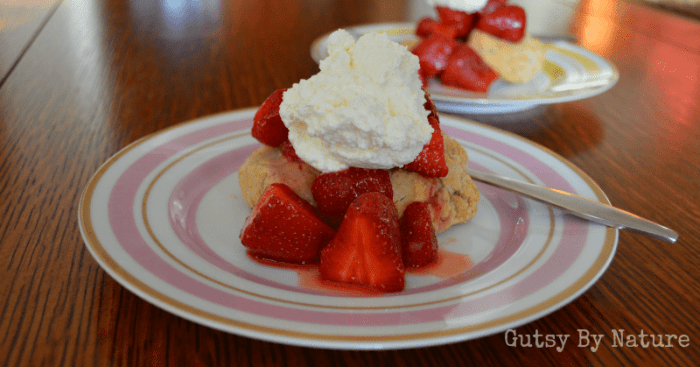
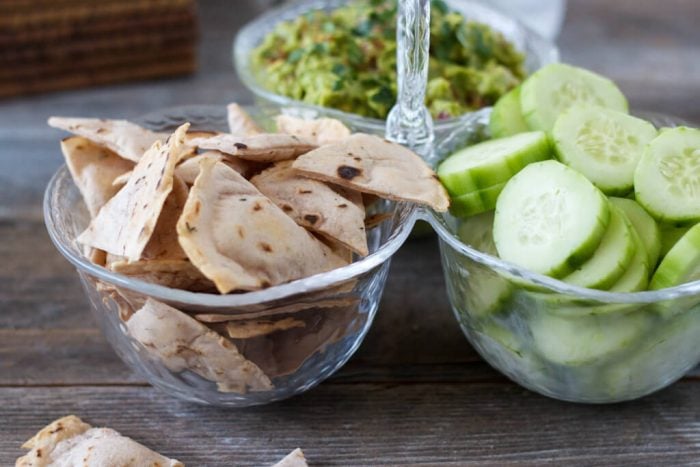
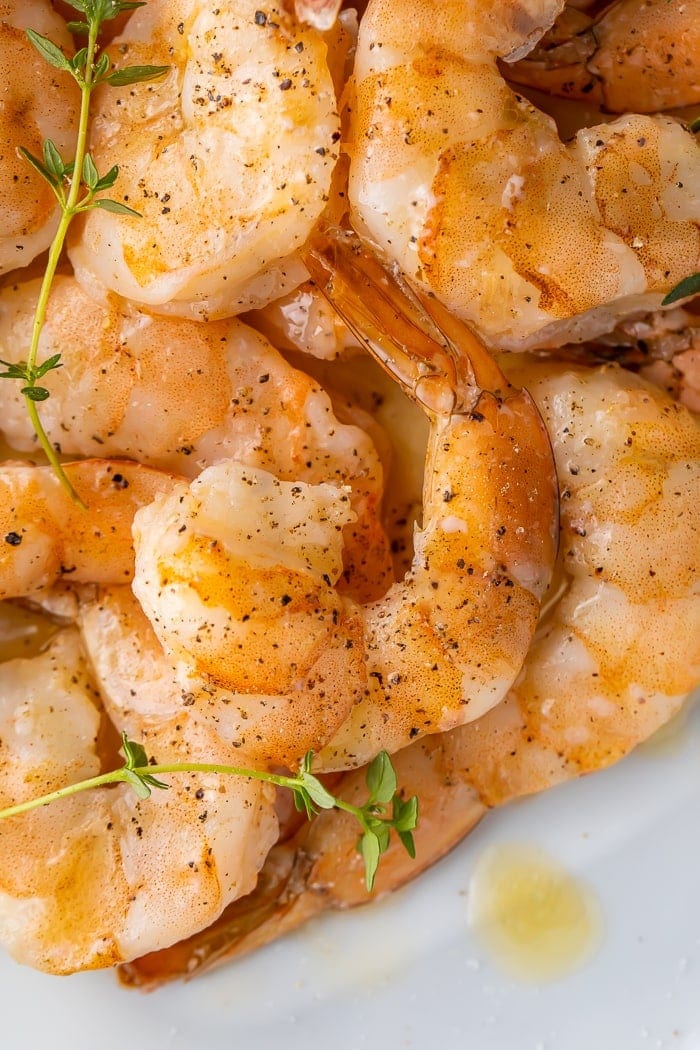
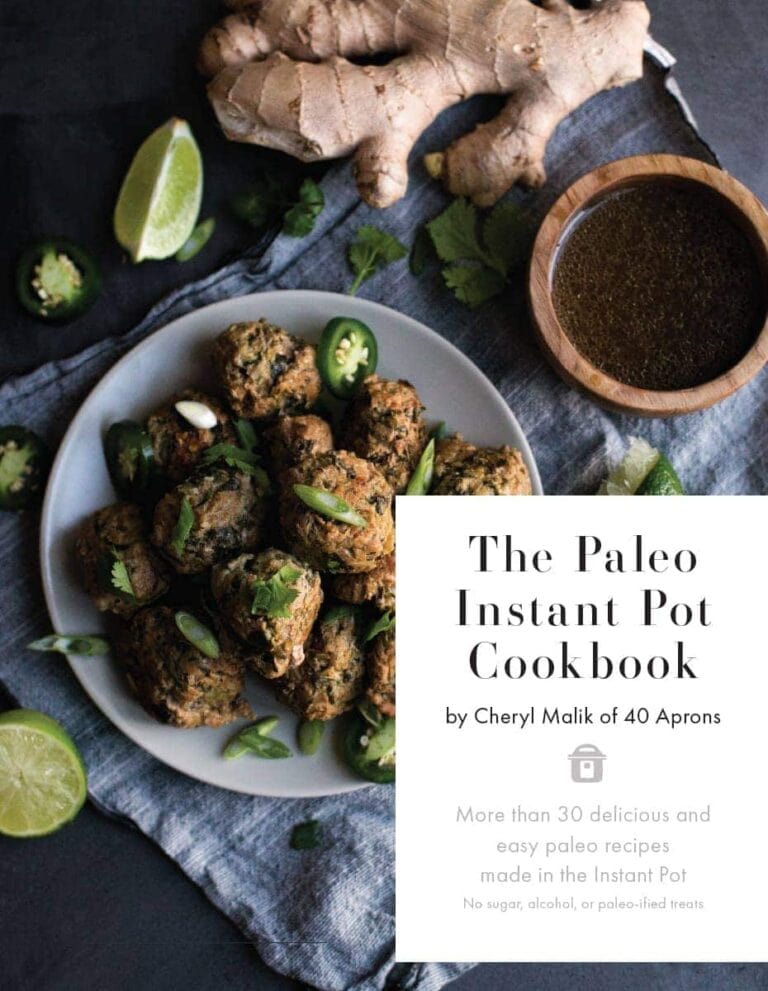
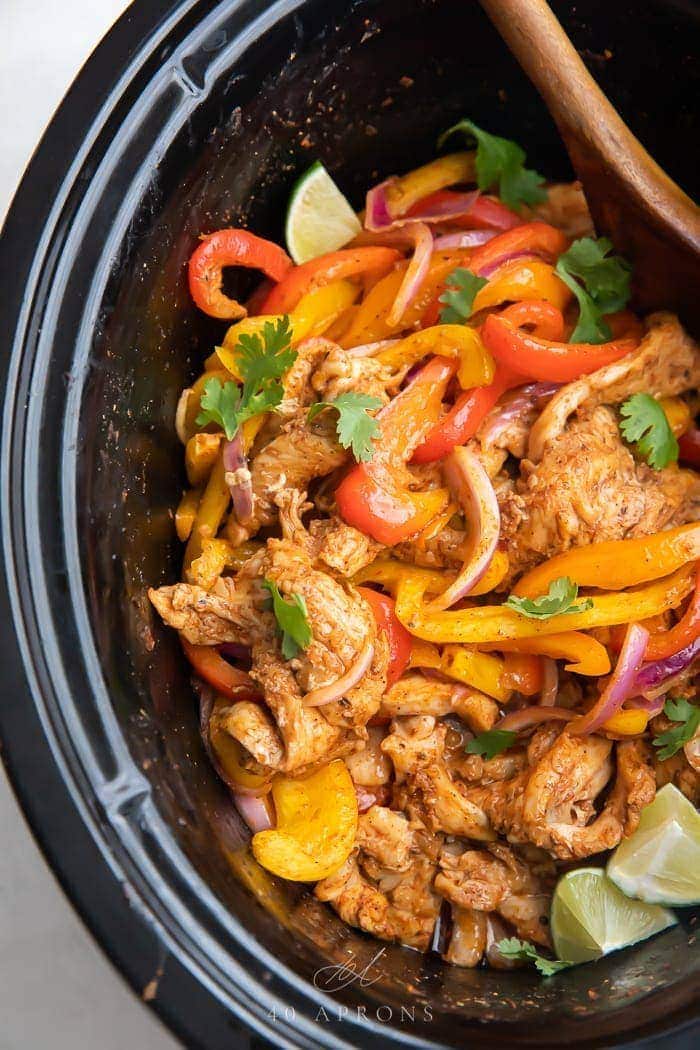
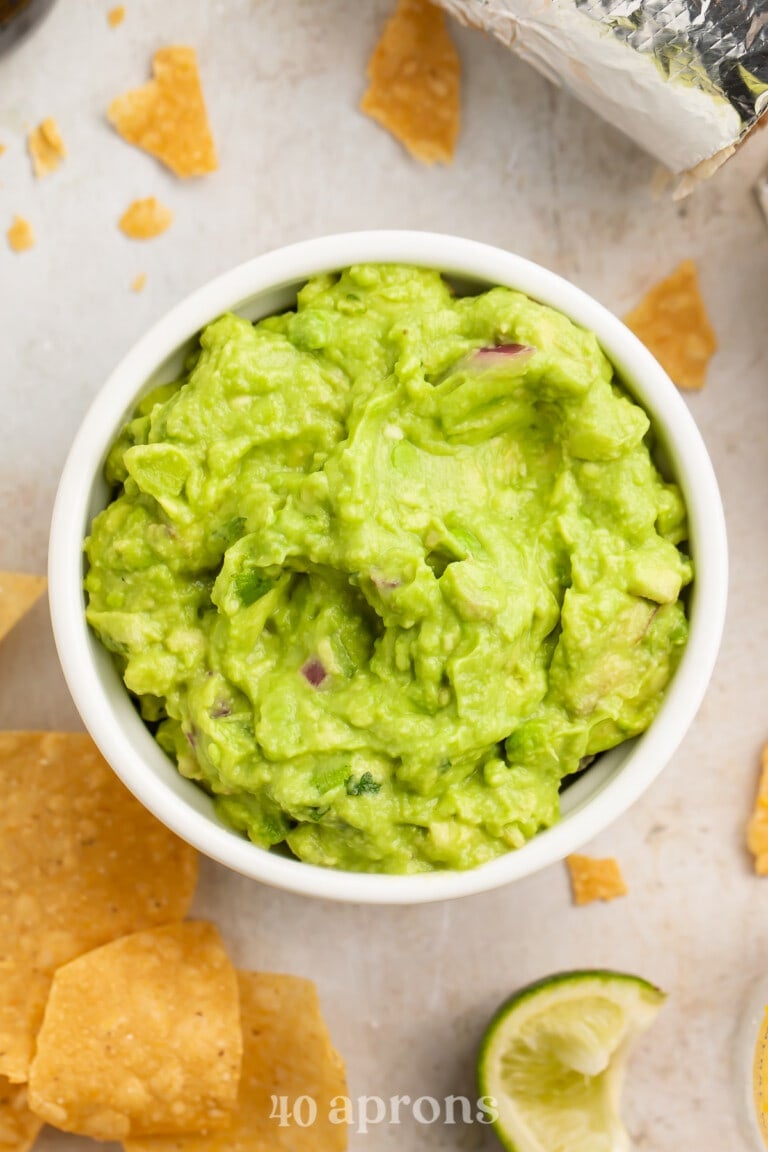
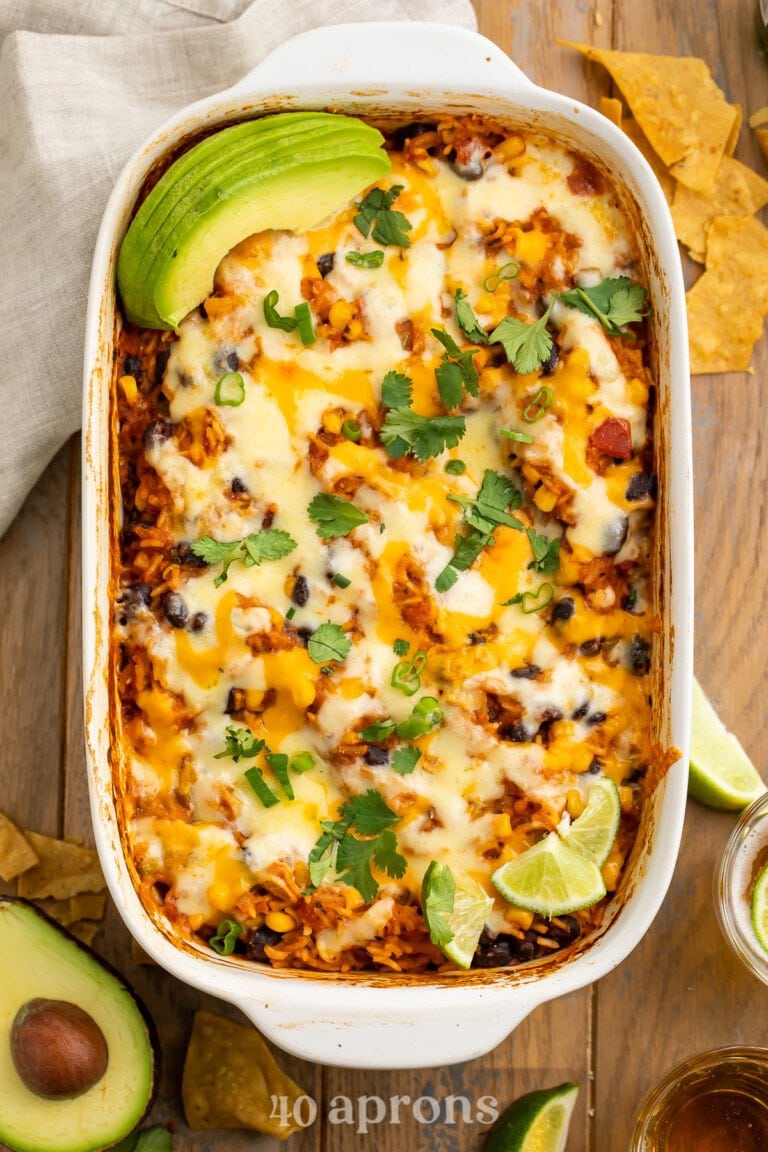
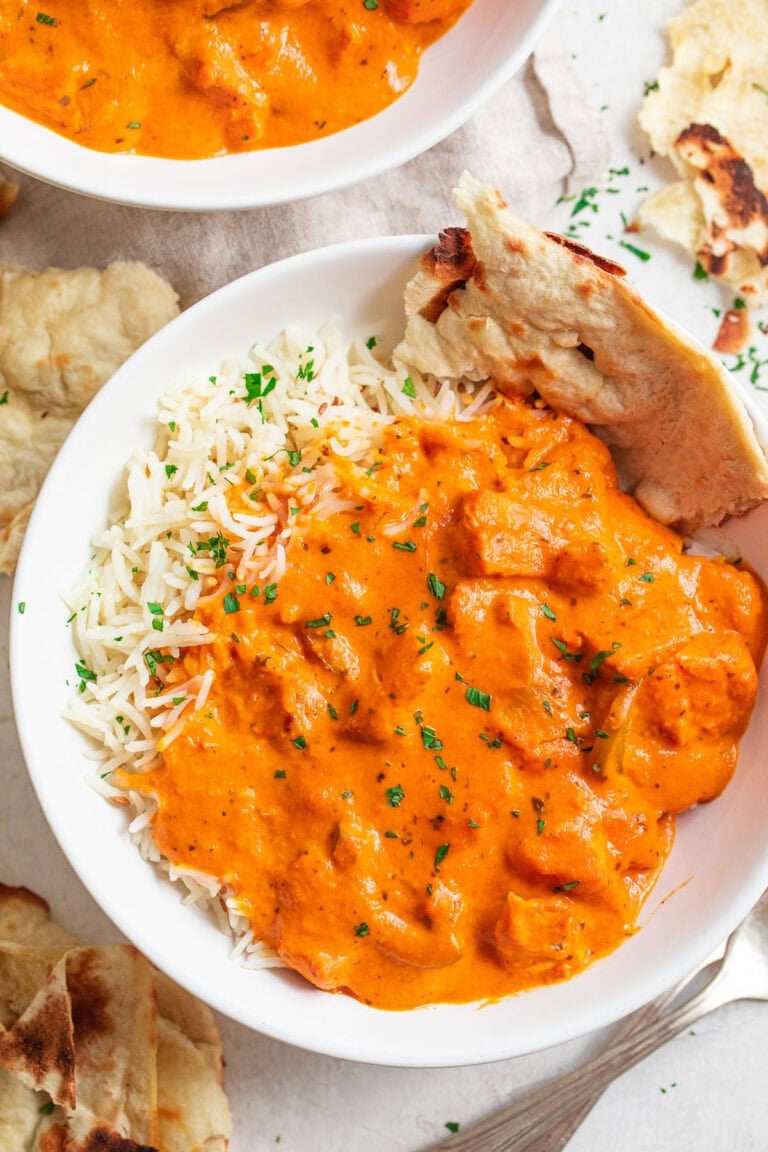










Help. I just found a cassava flour on Walmart.com that is a fraction of the cost of the other brands. Best African Cassava Flour is only $4.99 for 2 lb. pkg. What do I need to look for when buying cassava flour. Just diagnosed with PMR and Dr suggested AIP diet to help with inflammation I may be experiencing. I am shocked at the prices of the name brands of cassava flour.
What happened to a regular loaf of bread made with cassava?? Surely, there has to be a recipe somewhere. I don’t make little bites of goodies, just like to make bread – as simple as possible
There are a few recipes for cassava flour bread linked in this post. The recipe for Anthony’s Goods loaf bread linked above may be what you’re looking for.
I would like to make my own gluten free flour blend with Cassava flour. It would be for baking. What percentage of the blend should the cassava flour be? I would also be using arrowroot flour, tapioca flour, quinoa flour, and xanthan gum. Would you be able to help figure out a good percentage of these for a blend? I could also use Rye but not sure about the flavor. (I can’t use almond, coconut, oat, buckwheat, millet, teff, sorghum…)
Carly, I would like to do the same. I can’t use rice or coconut flour and I have to eat gluten free. That doesn’t leave much. Cassava flour doesn’t work that well for me on its own. I’d hope you find a good blend and if so, please share.
This doesn’t have cassava specifically, but a proportioned blend that you may like 🙂 https://teffco.com/recipe/teff-ap-flour-blend/
Pls explain. Am new to this site. I see a title but no article. Not sure how to negotiate this area of page. No clickable links on pics after article title either. Just bio but title says How to Use Cassava Flour. I saw the text above the article but why a title again below? Tnx.
Hi! You might try clearing your browser cache and loading the page again if it’s not loading completely for you. There are several sections to this article, and the links to the recipes are beneath their respective photos.
I hope this helps!
I follow cassava flour recipes to the T, but I still end up adding 2 to 3 times the amount of liquid they call for. Muffins still are like cookie dough for example. I am afraid to add more liquid. Any duggestions?
It could be the brand of cassava flour you’re using? Bob’s Red Mill is a trusted brand.
Hi Cheryl,
Do you have a recipe to use cassava flour like polenta?
Thank you so much!
We like this one! https://www.musthikemusteat.com/recipe/paleo-polenta-or-grits/
Hi Cheryl thank you for the post! Very helpful and informative. I just started baking with cassava flour, and it’s been a hit and miss.
I tried to make banana bread 3 times from 3 different recipes (the recipe calls for wheat flour) and all of them came out doughy on the inside. I’ve also tried to make vegan brownie and it came out good!
I was wondering if you had any tips with the doughy inside.
Thanks!
When it’s doughy inside, it definitely needs to cook longer! Make sure you check any baked goods with a toothpick (or wooden skewer if it’s a deep pan) before you decide it’s done.